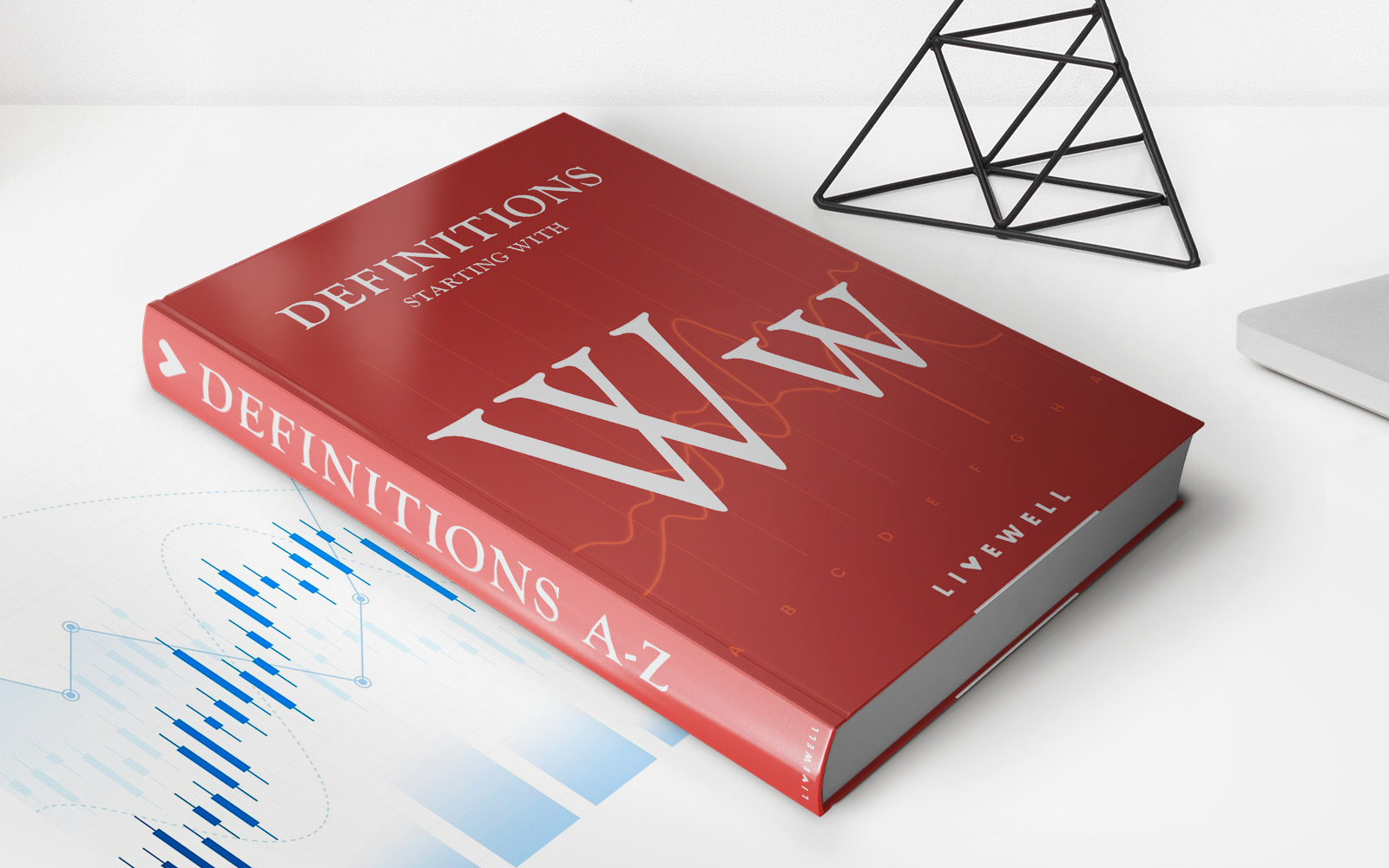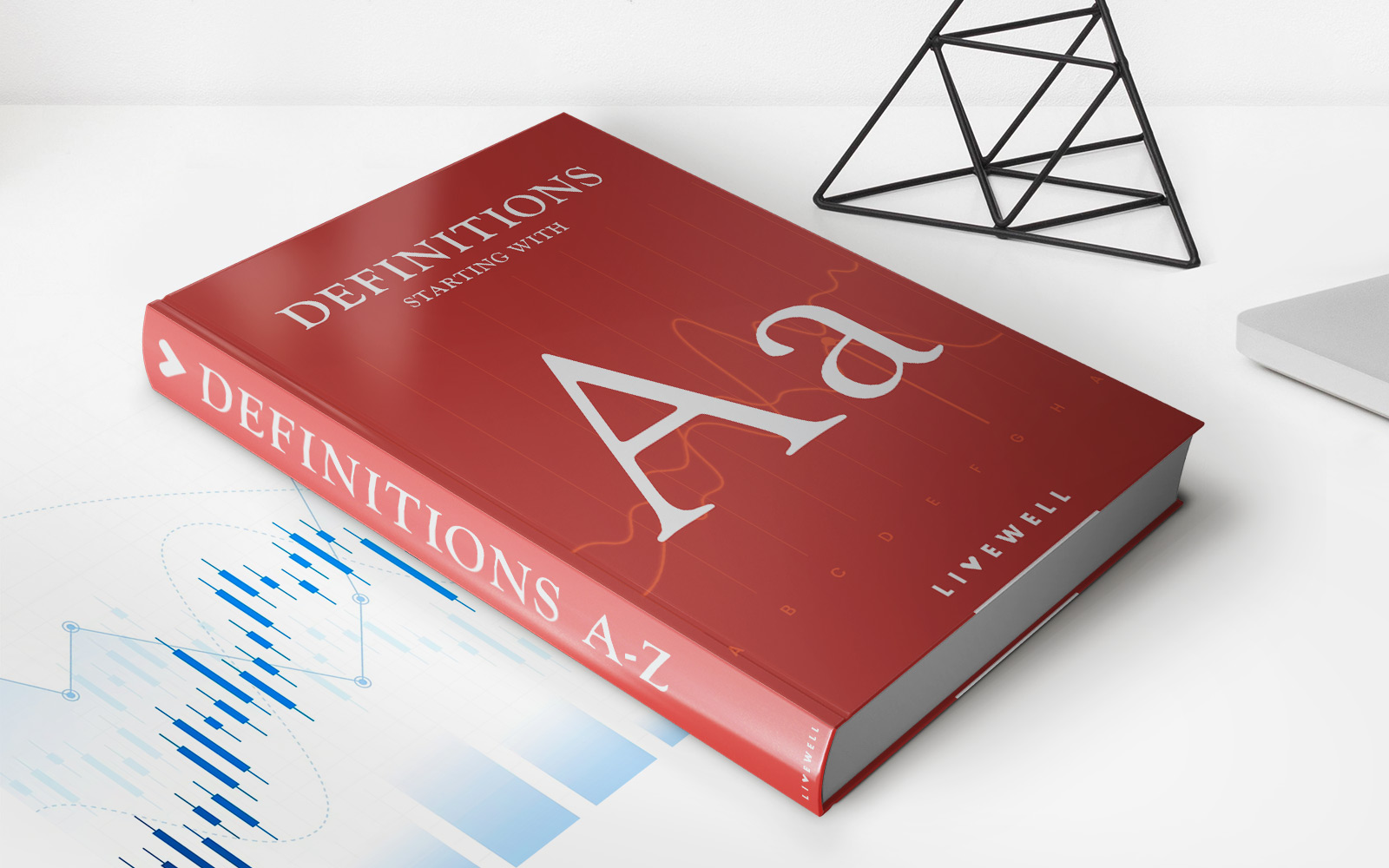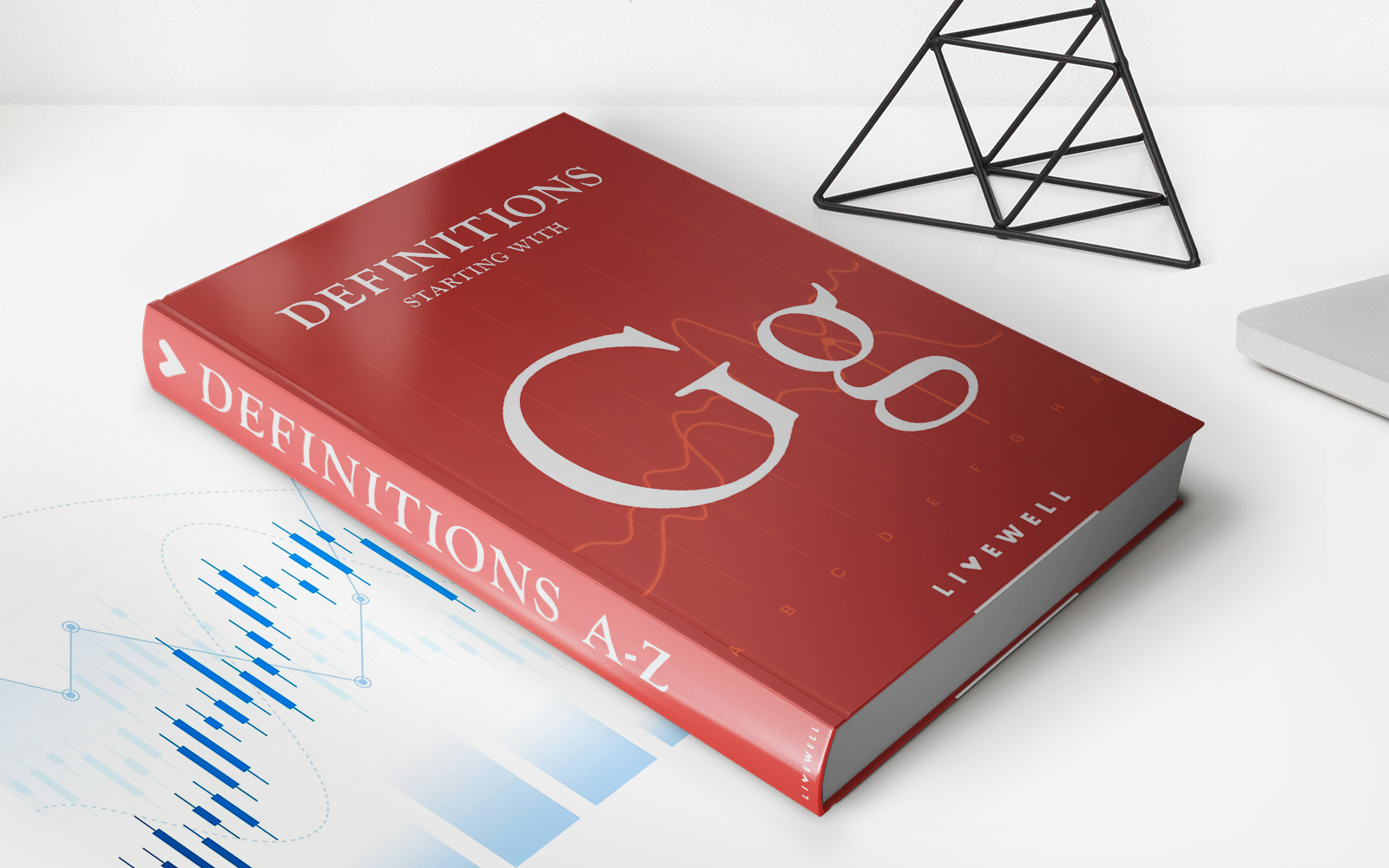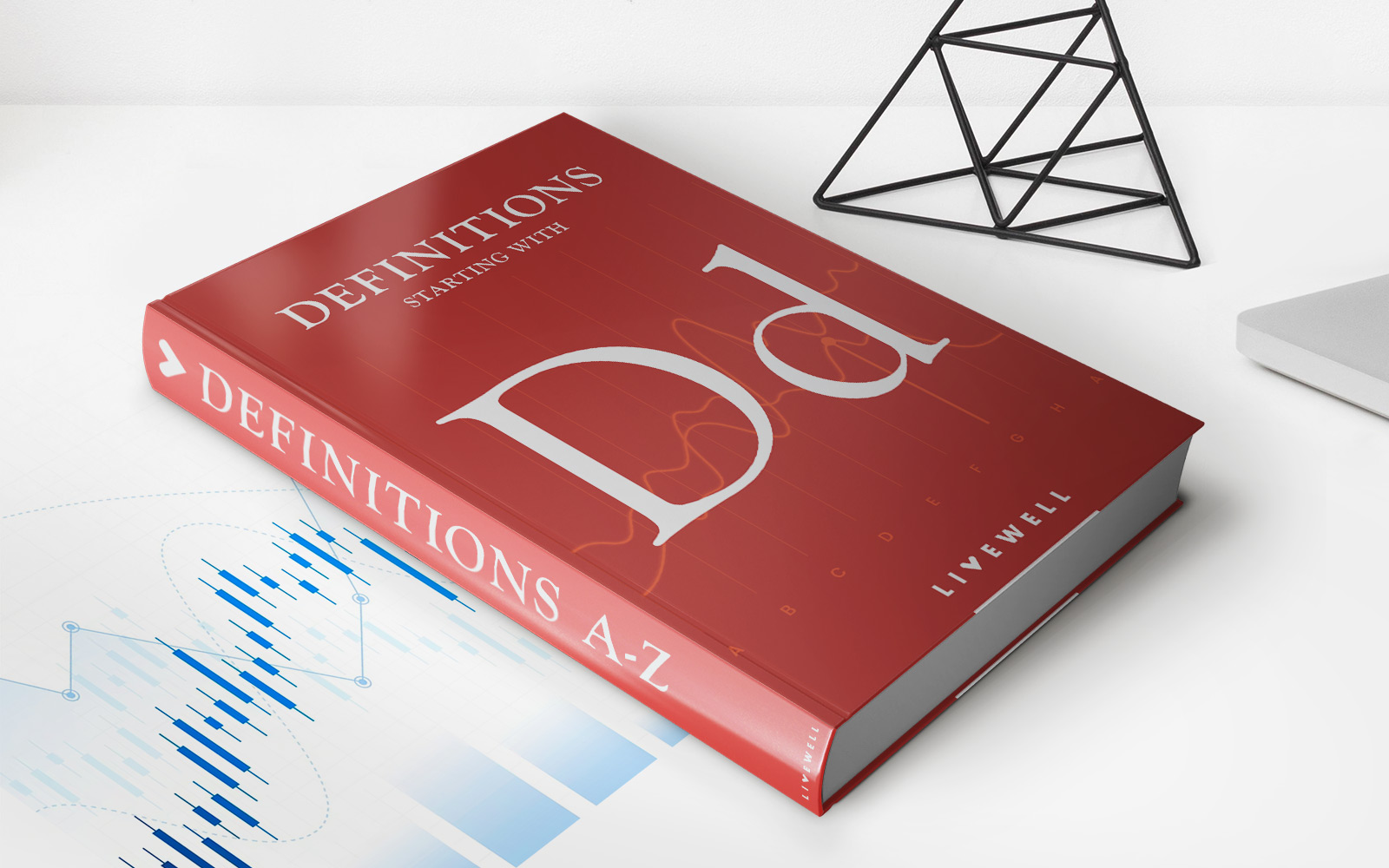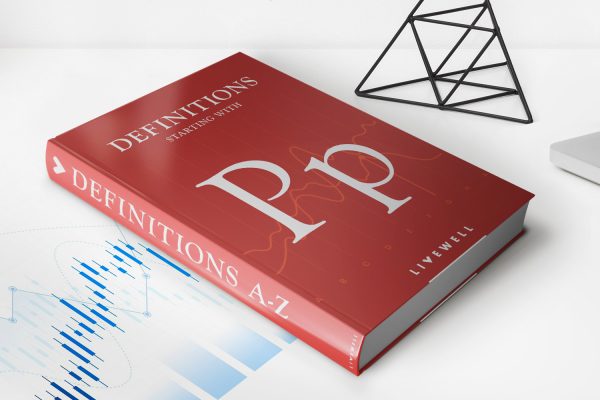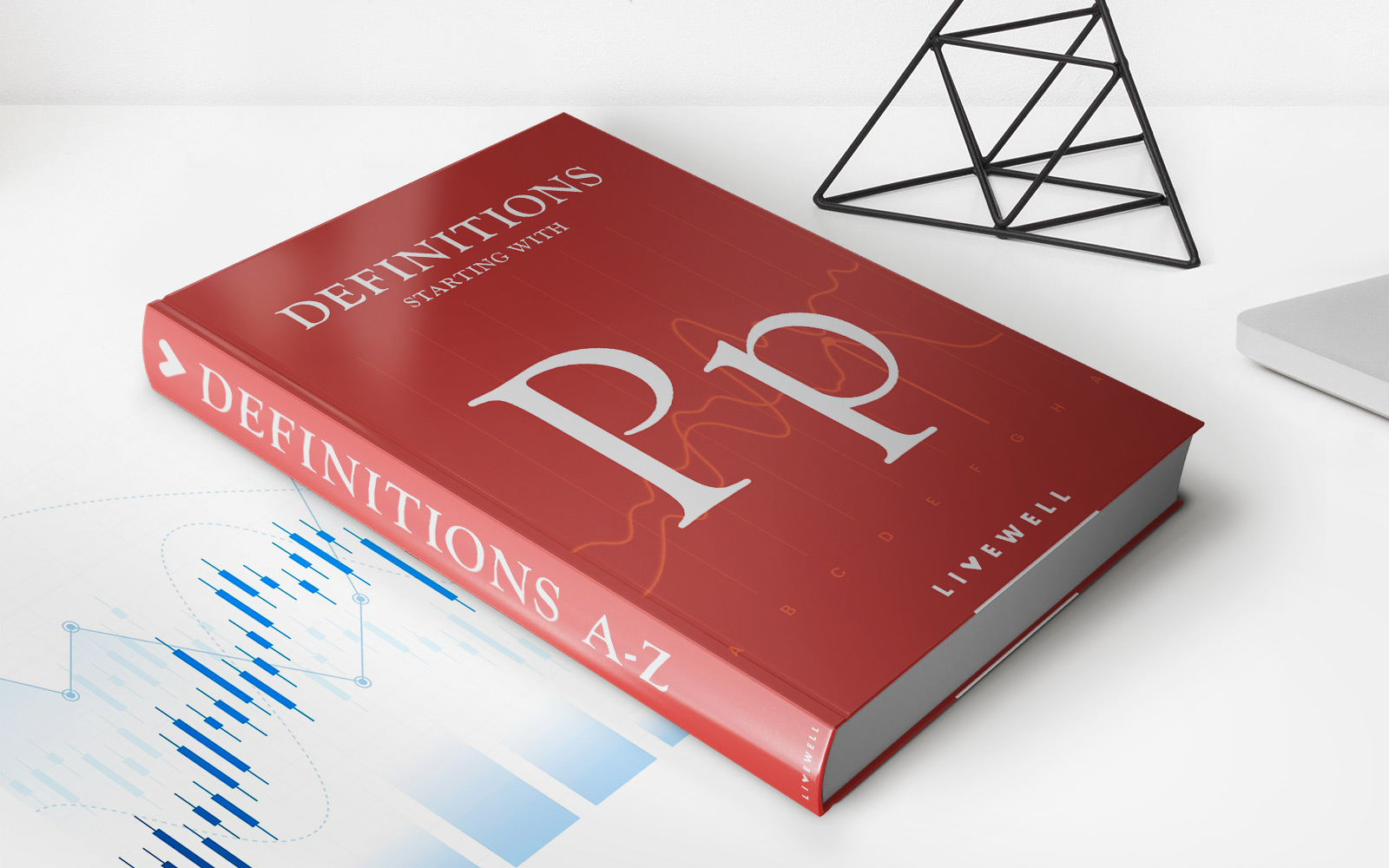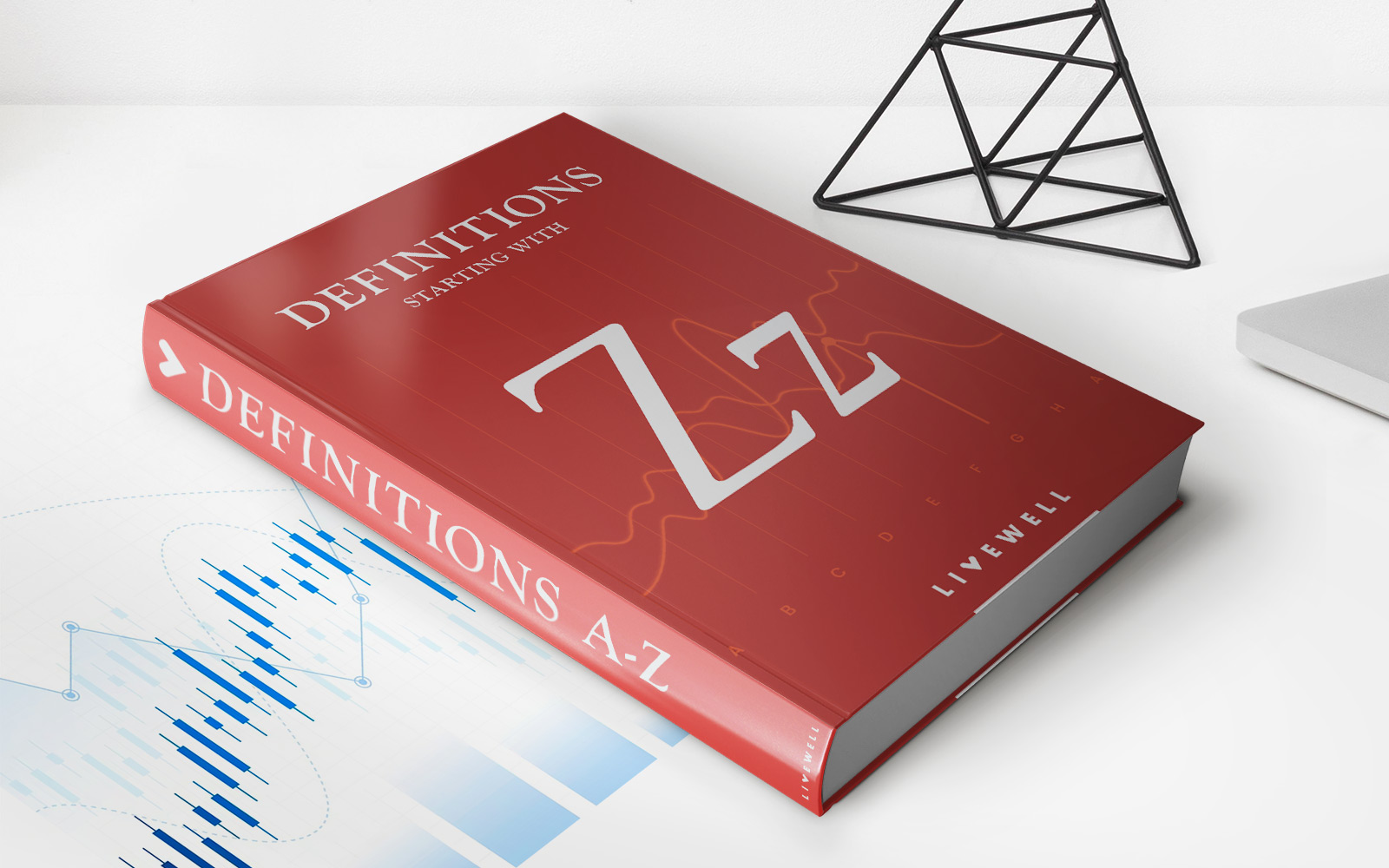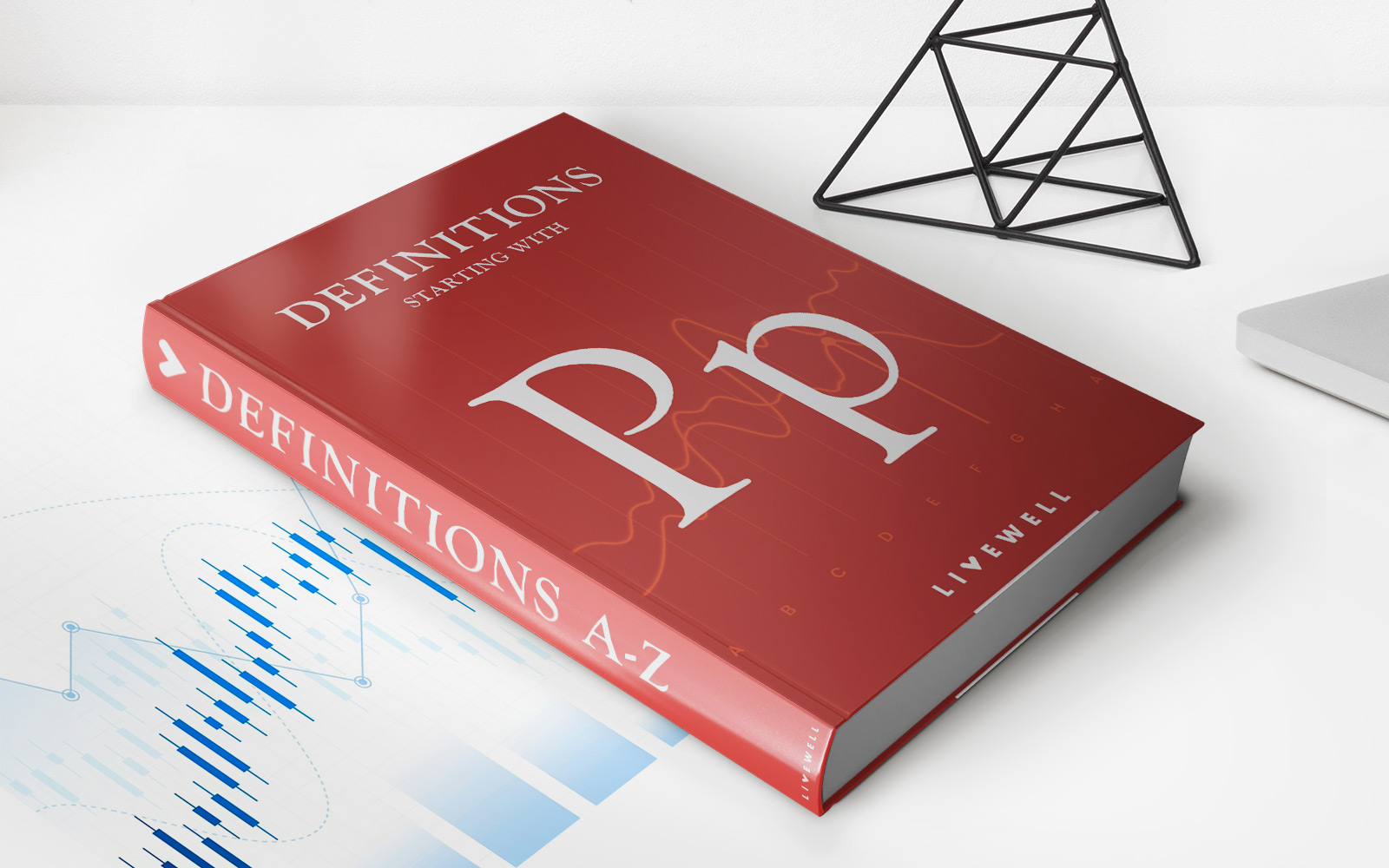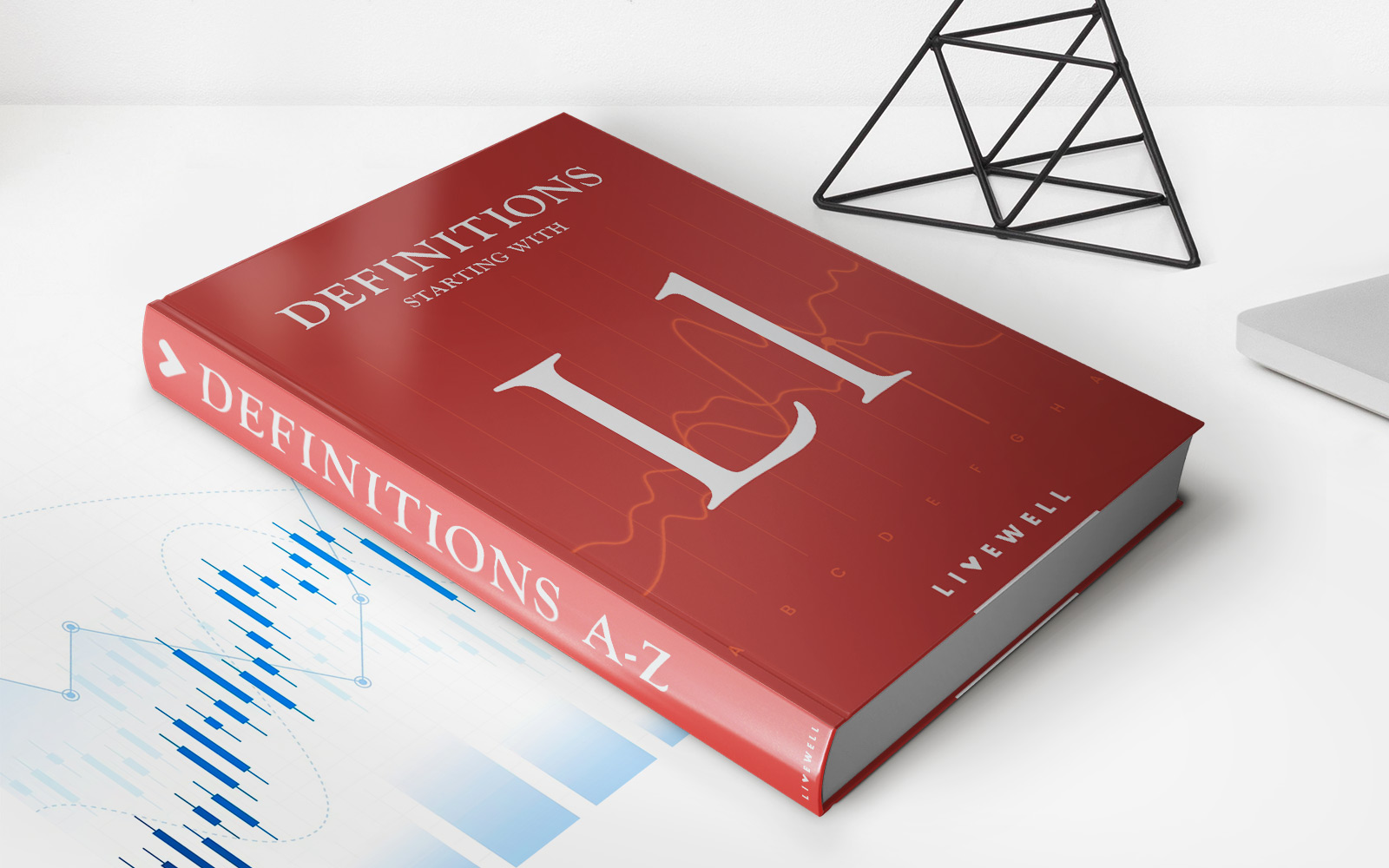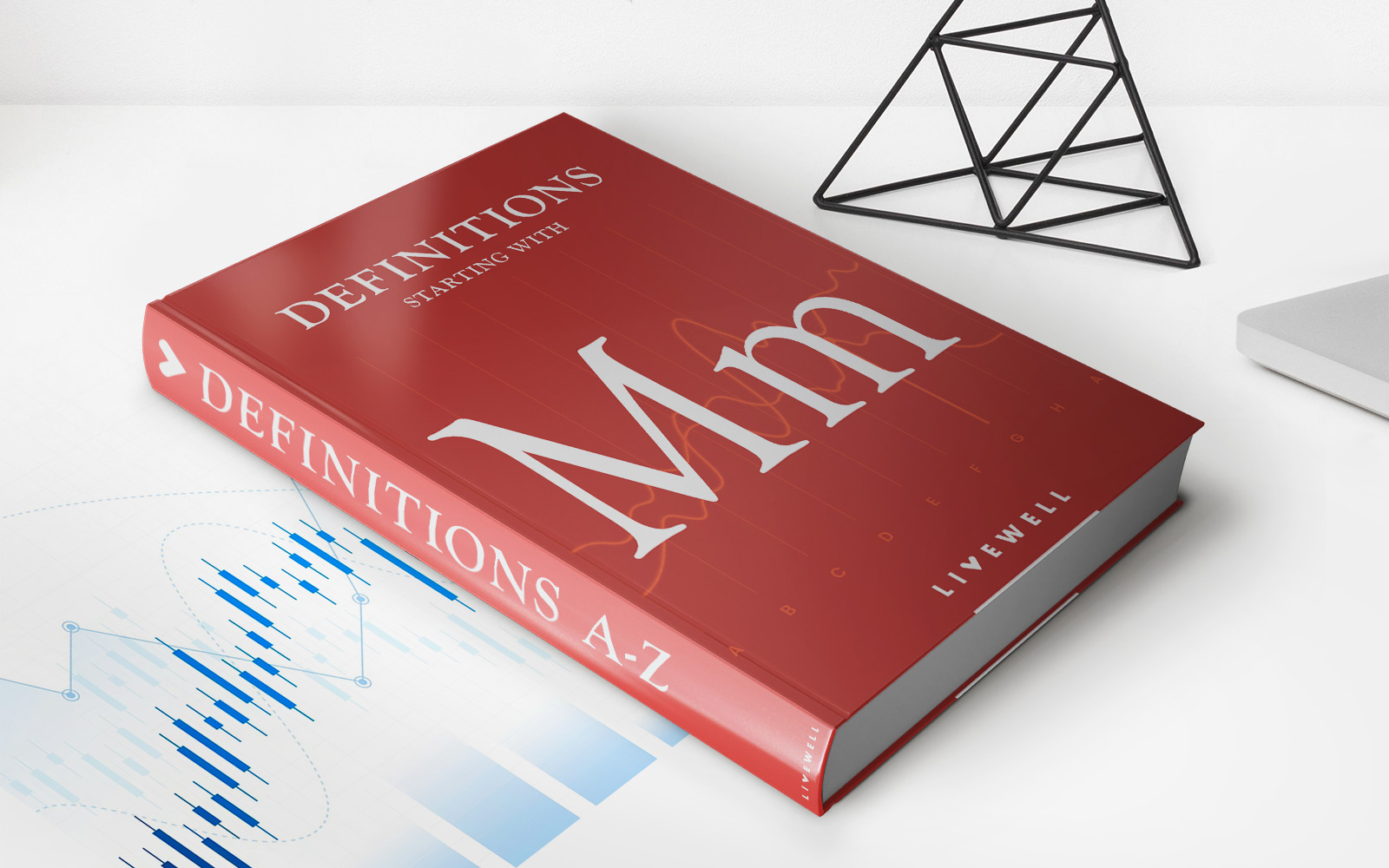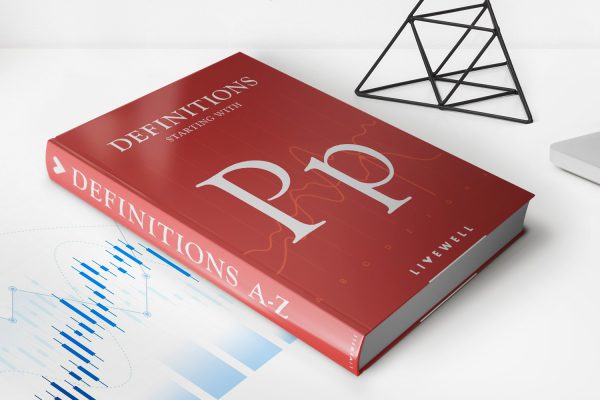Home>Finance>On-Balance Volume (OBV): Definition, Formula, And Uses As Indicator


Finance
On-Balance Volume (OBV): Definition, Formula, And Uses As Indicator
Published: January 2, 2024
Discover the power of On-Balance Volume (OBV) in finance. Learn the definition, formula, and uses of this reliable indicator to make informed investment decisions.
(Many of the links in this article redirect to a specific reviewed product. Your purchase of these products through affiliate links helps to generate commission for LiveWell, at no extra cost. Learn more)
On-Balance Volume (OBV): Definition, Formula, and Uses As Indicator
When it comes to investing, understanding various technical indicators can significantly enhance your decision-making process. One such indicator is On-Balance Volume (OBV), which measures the cumulative volume to predict price movement. In this blog post, we’ll explore the definition, formula, and uses of OBV as an indicator in finance.
Key Takeaways:
- On-Balance Volume (OBV) helps investors analyze buying and selling pressure based on trading volumes.
- OBV can confirm or diverge from price trends, providing valuable insights into potential trend reversals.
So, what exactly is On-Balance Volume (OBV)? It is a technical analysis indicator that adds up volume on up days and subtracts it on down days. The resulting line then acts as a proxy for the flow of funds and helps traders identify potential changes in price trends. Now, let’s take a closer look at the formula behind OBV.
The formula for calculating OBV is quite simple. Start with an initial value of zero, and then follow these rules:
- If the closing price is higher than the previous day’s closing price, add the volume to the existing OBV.
- If the closing price is lower than the previous day’s closing price, subtract the volume from the existing OBV.
- If the closing price is the same as the previous day’s closing price, do not change the OBV.
By using the formula above, OBV creates a cumulative line that shows the trend of volume flow. Positive OBV suggests that buying pressure is stronger, while negative OBV indicates selling pressure. Now, let’s delve into some of the key uses of OBV as an indicator in finance.
Key Uses of OBV:
1. Confirmation of Price Trends: OBV is often used as a confirmation tool for price trends. If the price is moving up, and OBV is also rising, it suggests that the trend is strong. On the other hand, if the price is rising but OBV is declining or stagnant, it may indicate a potential trend reversal.
2. Divergence Analysis: OBV can highlight divergences between price movement and volume flow. If the price is making higher highs, but OBV is making lower highs, it could be a sign of weakening buying pressure and a potential downward price correction.
Overall, On-Balance Volume (OBV) is a powerful tool that allows investors to gauge the buying and selling pressure by analyzing volume trends. By understanding OBV and its applications as an indicator, you can gain valuable insights that can help guide your investment decisions.
